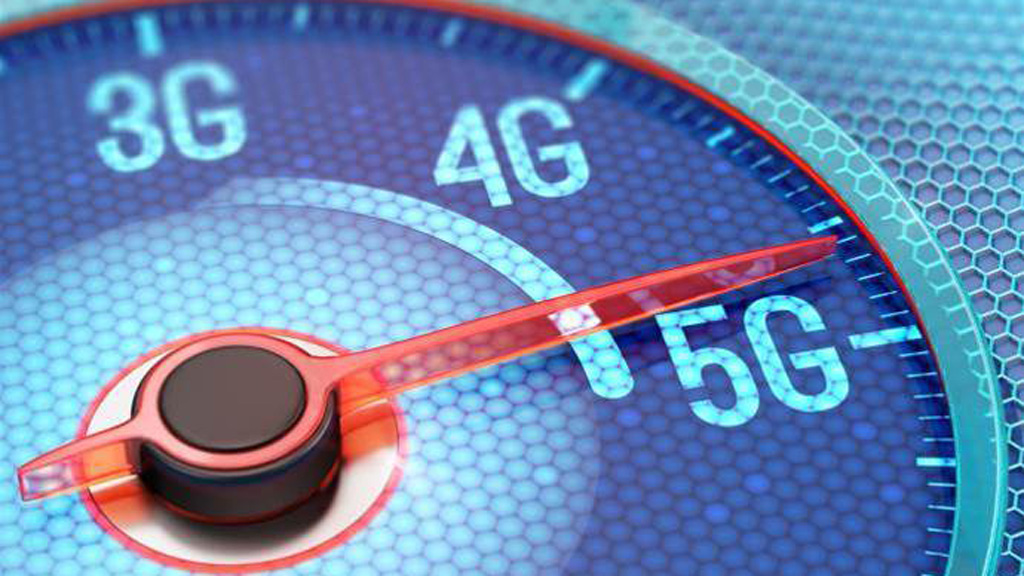5G could add billions to world GDP
Unlocking the right 5G spectrum will make all the difference

A new report from GSMA has revealed that unlocking spectrum for the mobile industry to deliver 5G services could add $565bn to the global GDP and $152 in tax revenue from 2020 to 2034.
However, government support is needed for the identification of sufficient millimetre wave (mmWave) spectrum for the mobile industry at the next ITU World Radiocommunication Conference in 2019 (WRC-19).
The report titled, “Socio-Economic Benefits of 5G Services Provided in mmWave Bands”, is the first of its kind to examine and quantify the impact of mmWave spectrum on the 5G networks overall contribution to society.
mmWave spectrum will carry the highest capacity 5G services which have the ideal characteristics to support very high data transfer rates and ultra-reliable, low latency capabilities. This will support new use cases and deliver the benefits of 5G to both businesses and consumers around the world.
Planning spectrum
GSMA's Head of Spectrum, Brett Tarnutzer explained why planning spectrum is essential to the success of 5G, saying:
“Planning spectrum is essential to enable the highest 5G performance and government backing for mmWave mobile spectrum at WRC-19 will unlock the greatest value from 5G deployments for their citizens. More than 5 billion people already rely on the mobile ecosystem to deliver services that are integral to their daily lives and fundamental to the economic sustainability of the communities they live in. 5G can offer more benefits and a whole new range of services to even more people, but this will not be possible without access to this vital spectrum.”
The Asia Pacific and Americas regions are expected to generate the greatest share of GDP attributed to mmWave 5G thanks to their early start at $212bn and $190bn respectively. Europe on the other hand is forecast to have the highest percentage of GDP growth attributable to mmWave of any region at 2.9 per cent.
Sign up to the TechRadar Pro newsletter to get all the top news, opinion, features and guidance your business needs to succeed!
At WRC-19, new mmWave bands for mobile will be discussed and the GSMA recommends supporting the 26 GHz, 40 GHz and 66-71 GHz bands for mobile.
- Interested in 5G? This is everything you need to know about 5G
After working with the TechRadar Pro team for the last several years, Anthony is now the security and networking editor at Tom’s Guide where he covers everything from data breaches and ransomware gangs to the best way to cover your whole home or business with Wi-Fi. When not writing, you can find him tinkering with PCs and game consoles, managing cables and upgrading his smart home.
